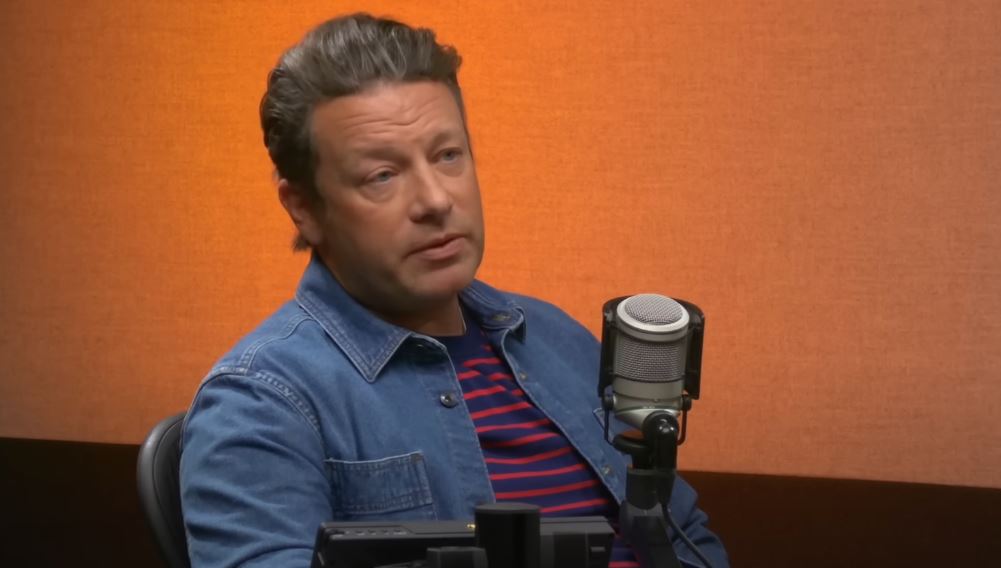Jamie Oliver’s financial story is more akin to a slow-cooked recipe than a steady ascent, complete with large doses of risk, quick stardom, and a particularly dramatic kitchen fire in the form of his restaurant group’s collapse. Even with crippling debt from closed restaurants, the British chef’s estimated net worth in 2025 is still $200 million. Oliver, one of the most commercially successful chefs to come out of Britain’s modern food revolution, is remarkably adept at using his public persona to generate multiple sources of income.
Even though Oliver’s high-street restaurant chain was once on the verge of collapse, his financial empire has proven remarkably resilient, supported by best-selling books, syndicated television shows, and cleverly licensed endorsements. Although Oliver’s path has been influenced by an incredibly personal connection to public health advocacy and food education, his fortune, which is primarily self-generated and media-driven, is similar to the calculated routes taken by other celebrity moguls like Gordon Ramsay and Rachael Ray.
| Full Name | Jamie Trevor Oliver |
|---|---|
| Birthdate | May 27, 1975 |
| Place of Birth | Clavering, Essex, England |
| Known For | The Naked Chef, Jamie’s Food Revolution, Jamie’s Italian |
| Net Worth (2025) | $200 Million |
| Spouse | Juliette “Jools” Norton |
| Children | Five: Poppy, Daisy, Petal, Buddy, River |
| Residence | Spains Hall Estate, Finchingfield, Essex |
| Key Ventures | TV Shows, Cookbooks, Cookware Licensing, Food Campaigns |
| Official Website | jamieoliver.com |
His BBC debut in The Naked Chef, a show that appealed to younger audiences with its refreshingly casual style, brought him early praise. With one hand tossing pasta and the other joking, Oliver transformed into a new type of TV chef—less stiff apron, more best friend with a wooden spoon. His informal charm proved to be highly marketable, and his first cookbook was a huge success. By the age of 30, he was effortlessly topping bestseller lists, redefining British school meals, and cooking for prime ministers.

Oliver significantly grew his portfolio by working with mentors like Gennaro Contaldo and entering eateries like Jamie’s Italian and Fifteen. At first, the eateries did well, drawing in a mid-market clientele eager for rustic Italian cuisine with a dash of personality. However, structural vulnerabilities were concealed by rapid growth. By 2019, Jamie’s Italian went into administration due to its £80 million debt. In addition to job losses and closed locations, the downfall was significant because it represented the symbolic collapse of a chef who was once thought to be untouchable.
Oliver’s career did not, however, stagnate. Rather, it turned, shamefully and sometimes boldly. Instead of vanishing, he doubled down on his public mission to encourage healthier lifestyles by concentrating on education-based programming such as Jamie’s Ministry of Food and Food Revolution. His dedication to youth nutrition and his forward-thinking approach have brought him recognition, including the 2010 TED Prize and an Honorary Fellowship from the Royal College of General Practitioners. Oliver integrated advocacy into his brand, in contrast to many celebrity chefs who are satisfied with product placement.
While others rushed to adjust during the pandemic, Oliver used accessible home cooking to reengage families. His simple recipes gained popularity during lockdowns, as evidenced by the spike in YouTube views and the recovery in cookbook sales. His interactive cooking classes and social media content have helped him reposition himself over the last ten years as an enduring educator rather than a failed restauranteur. He is especially creative in the way he adapts content for different platforms.
Even his mistakes have changed over time. Oliver’s collapse exposed the vulnerability of high-street dining in a rapidly changing hospitality industry, in contrast to Gordon Ramsay, whose restaurant empire remained unshakeable. Jamie’s story is remarkably similar to that of medium-sized business owners dealing with commercial leases, growing supply costs, and customer attrition—only with greater stakes and a more public fallout. Strangely, that relatability has increased his popularity.
In the meantime, his endorsements continue to be very effective sources of revenue. His face has remained on packaging and his recipes on dinner tables thanks to long-standing brand partnerships, ranging from Sainsbury’s and Tefal to Sobeys and HelloFresh. Notably, his recent partnership with Tesco strengthened his regular appearance in British homes, and his contentious partnership with Shell Deli indicated a desire to reestablish himself commercially despite criticism.
His personal life is big, vibrant, and rooted in family, just like the brand. Oliver’s portrayal of his wife Jools and their five kids is essential to his content and goes beyond simple media appearances. With a six-bedroom farmhouse, a swimming pool, and a tennis court, his Essex estate is not a luxury but rather a haven fit for both work and fatherhood. Another factor that humanizes his accomplishments and gives his support for children more depth is his severe dyslexia, which prevented him from learning to read until adulthood.
Oliver’s story continues to stand in contrast to more combative peers like Marco Pierre White or flashier figures like Wolfgang Puck in the context of celebrity chefdom. His power has always come from accessibility rather than Michelin-star status or pure culinary theater. His message is clear whether he is advocating for school food reform or sharing 15-minute meals: everyone should have access to healthy food, and it shouldn’t be difficult to prepare.
Oliver has significantly enhanced public discourse on food, health, and home cooking by utilizing his media influence and personal principles. He continues to be in a unique position in spite of operational blunders, public outrage, and economic downturns. Jamie has adapted, much like a chef adjusting seasoning until the balance feels just right, in contrast to many media personalities who fade when the spotlight fades.
In many respects, his financial stability is a reflection of the new model for culinary success. Building an ecosystem is more important than just opening restaurants or becoming famous on TV. Jamie Oliver’s empire is more resilient than any single physical location thanks to its integration of publishing, streaming, education, and merchandising. Furthermore, even though his restaurants may have closed, the components of long-term success—relatable, innovative, and trustworthy—remain abundant.
